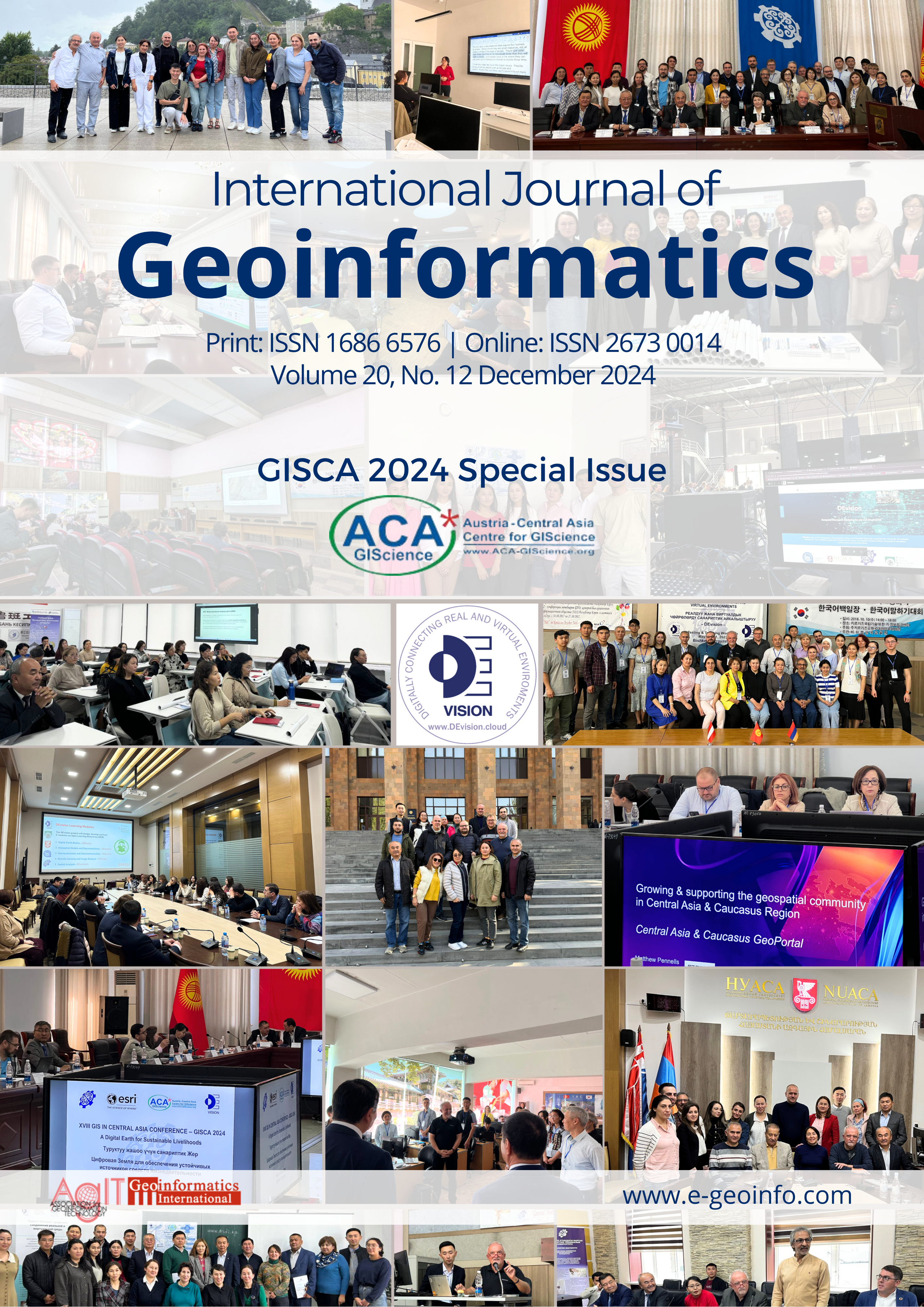Exploring New Development Prospects: Expanding of Bishkek City Territory in the Issyk-Ata Fault Zone
Main Article Content
Abstract
The industrial revolution and urbanization created conditions for improvement as people began moving from their villages to industrial areas. These migrations, combined with natural population growth, gave rise to the emergence of large cities around the world. Back in 1965, Kingsley Davis predicted that more than half of the world's population would eventually reside in urban areas. Living in cities offers several advantages; for instance, people have greater opportunities to improve their lives, including access to better jobs and higher incomes, quality education for their children, superior healthcare, diverse entertainment options, sports, and recreation. In other words, urban life is generally more conducive to leading a comfortable and healthy life. The 21st century is often regarded as the century of urban development, with the majority of the global population now living in urban environments. According to the United Nations, more than 50% of the world's population currently resides in urban areas, and by 2030, this figure is expected to rise to 60%. This article analyzes the development potential of the Bishkek area located near the Issyk-Ata fault. Geoinformation technologies and remote sensing materials are used for the analysis of seismic hazard and expanding of the Bishkek city territory. The study explores the possibilities of utilizing this fault zone as an additional area for urban infrastructure, capable of providing new spaces for the city’s expansion and development.
Article Details

This work is licensed under a Creative Commons Attribution 4.0 International License.
Reusers are allowed to copy, distribute, and display or perform the material in public. Adaptations may be made and distributed.

